In 1986, the Disney subsidiary Pixar Studios was founded. Nine years later, in 1995, Pixar released its first animated feature film, Toy Story. Between 1995 and 2022, the Walt Disney company, courtesy of Pixar, has produced 25 feature-length animations, with the latest being Lightyear, an origin story for legendary space ranger Buzz Lightyear, the deuteragonist of the Toy Story franchise and nemesis of the evil overlord Zurg. Buzz embarks on an intergalactic adventure with a band of misfits as his unlikely crew and his robot companion Sox.
Every Pixar presentation is uniquely enjoyable, but there were some definite hits and misses over the course of the last 27 years. Some were commercial successes and critical failures, while others touched thousands of hearts but were ultimately box office flops — and that’s putting it nicely.
25. Cars 2 (2011)
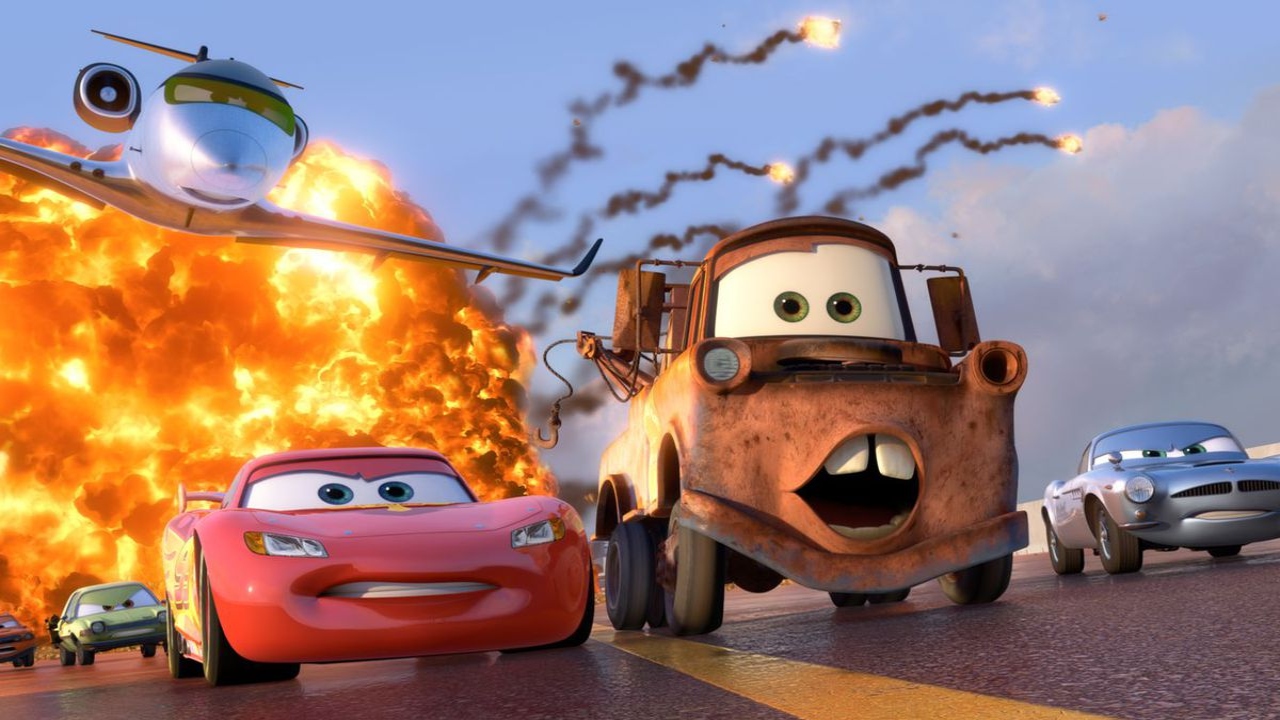
Despite performing well at the global box office, Cars 2 received some shocking reviews. Its visual appeal meets the standards of every Pixar film that came before it, but the storytelling earned some backlash. Cars 2 felt detached from its predecessor, completely lacking the magical charm that makes Disney so universally popular. There were many claims that the G-rating was misleading and that the Cars sequel might be too violent to deserve such a lenient certification. For quite some time, the Cars franchise has been considered Pixar’s worst endeavor to date and an embarrassment to its legacy.
24. The Good Dinosaur (2015)
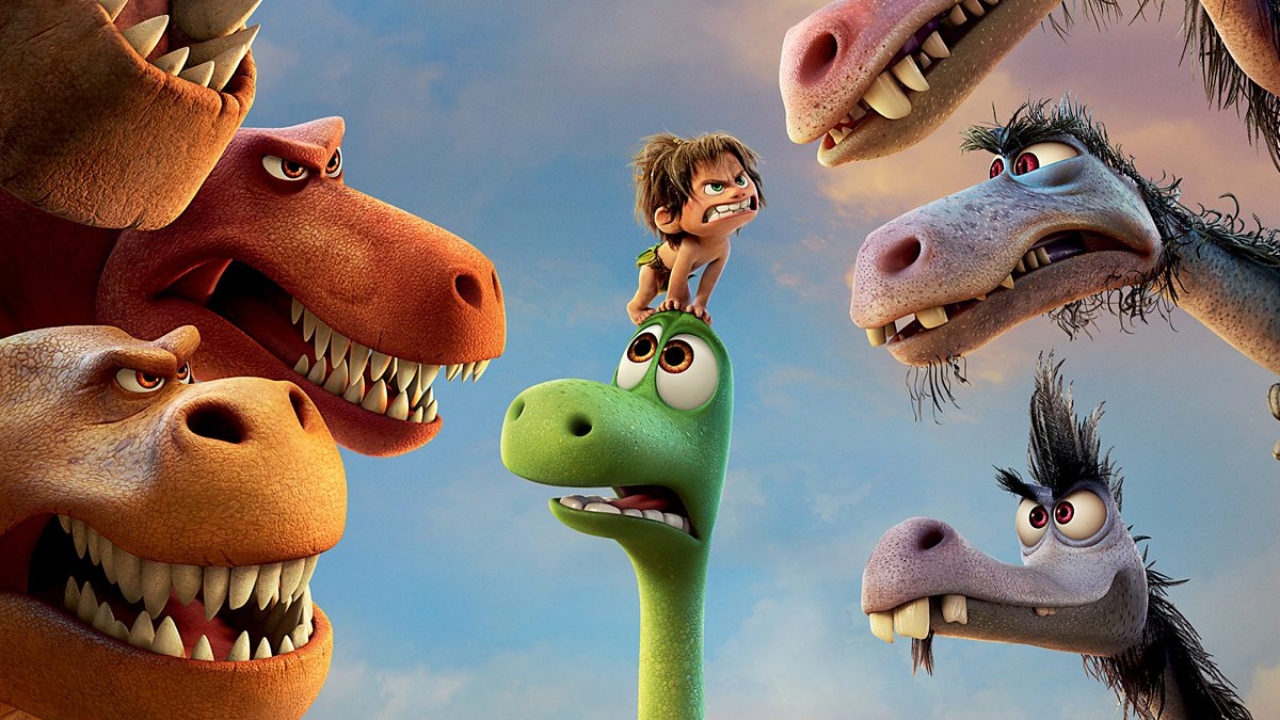
The Good Dinosaur is good old-fashioned fun, but its biggest flaw is that, 20 years down the line, no one will remember it. Unlike the many Pixar box office record-breakers that came before it, The Good Dinosaur lacked the substance to be truly memorable among its Pixar-led peers. On the plus side, it delivers breathtaking storytelling and a soundtrack that leaves you warm and fuzzy inside. It does, however, fail to live up to the expectations set by a ground-breaking company like Pixar. Its sentimental concept appeals to younger generations, but the limited imagination poured into its envisioning seriously stunted its growth.
23. Cars 3 (2017)
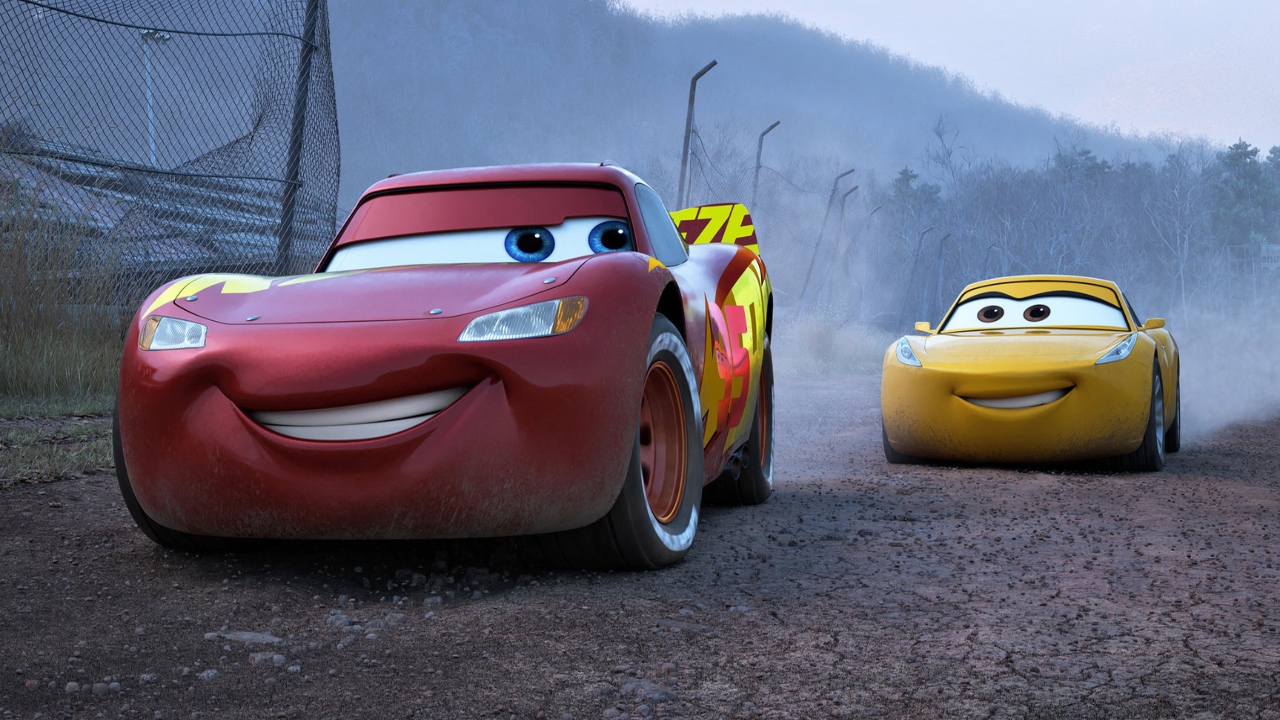
After the metaphorical car crash that was Cars 2, the franchise trilogy was rounded off nicely with Cars 3, a marginal improvement on its predecessor. Its surprisingly poignant story encapsulates the significance of growing old and relaying the baton, which feels resonant with the inevitability that all careers — no matter how stupendous — eventually run their course and in their wake leave an everlasting remembrance. Cars 3 cares more about giving its characters satisfying endings and less about meeting the quota for money-grabbing corporations. However, even with its hidden messages, Cars 3 struggles to simulate its audience and keeps the pace painfully slow.
22. Onward (2020)
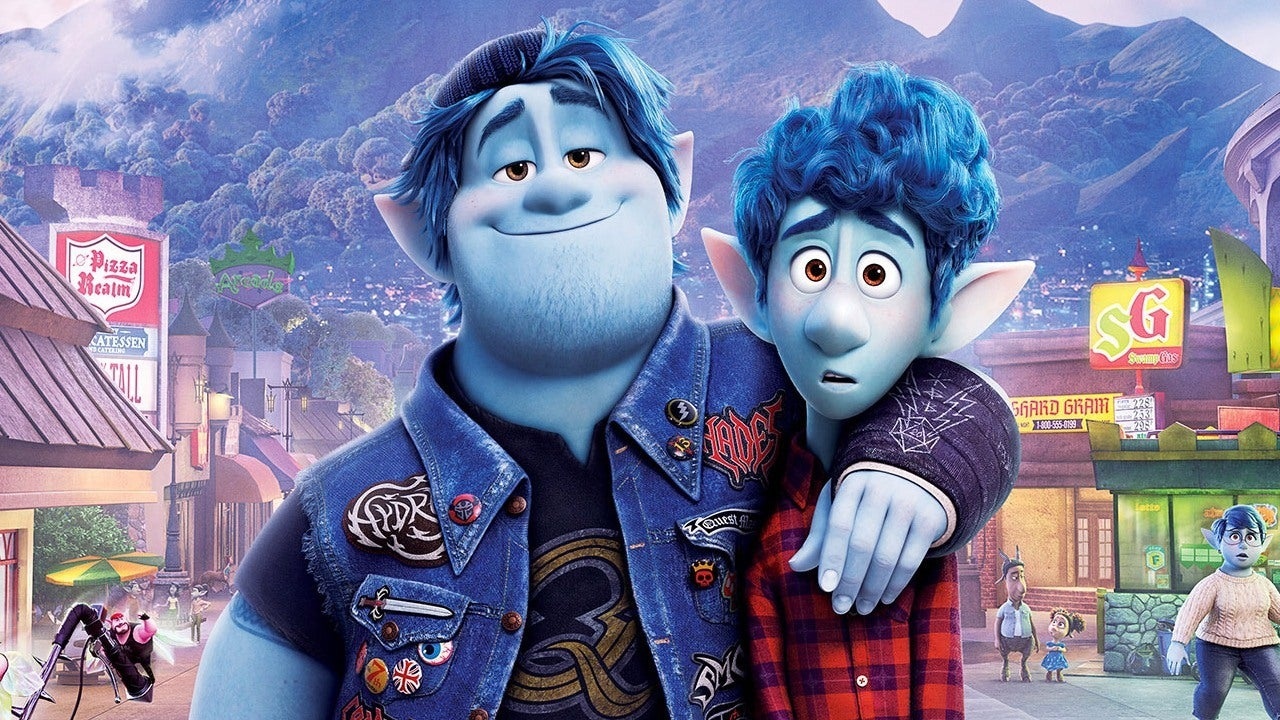
It suffers dreadfully in comparison to Pixar’s unmissable classics, but Onward stands on its own merits as a heartwarming and extraordinary addition to Pixar’s compendium of full-length features. That said, Onward has an attitude towards death that feels less profoundly powerful than Coco, another Pixar flick that focuses on the deceased. It may not be as impactful as Toy Story, but there really is something for everyone, even if the intriguing premise loses momentum halfway through and struggles to flesh out the finer details that tie all the attractive elements together.
21. Finding Dory (2016)
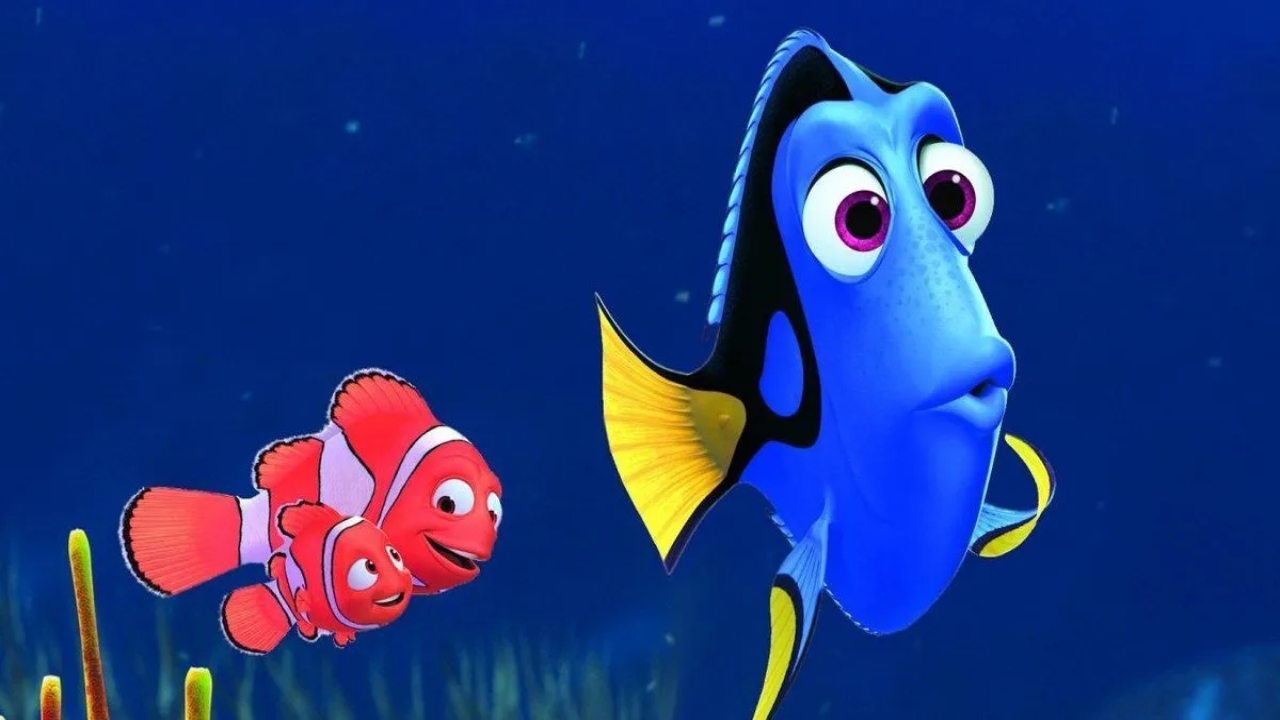
Pixar attempted to recreate the magic that helped Finding Nemo find its permanent place in the Pixar registry, but it must have felt the pressure from such high standards, because it fumbles the ball more than once. Finding Dory is another exciting, beautiful chapter in the Finding Nemo story, but lacks the originality that allows it to stand apart from the lively Pixar crowd. It has plenty of humor, charm and tear-jerking moments, but fails to surpass its progenitor in almost every way, thereby adding it to the growing collection of sequels that didn’t need to be made.
20. Toy Story 4 (2019)
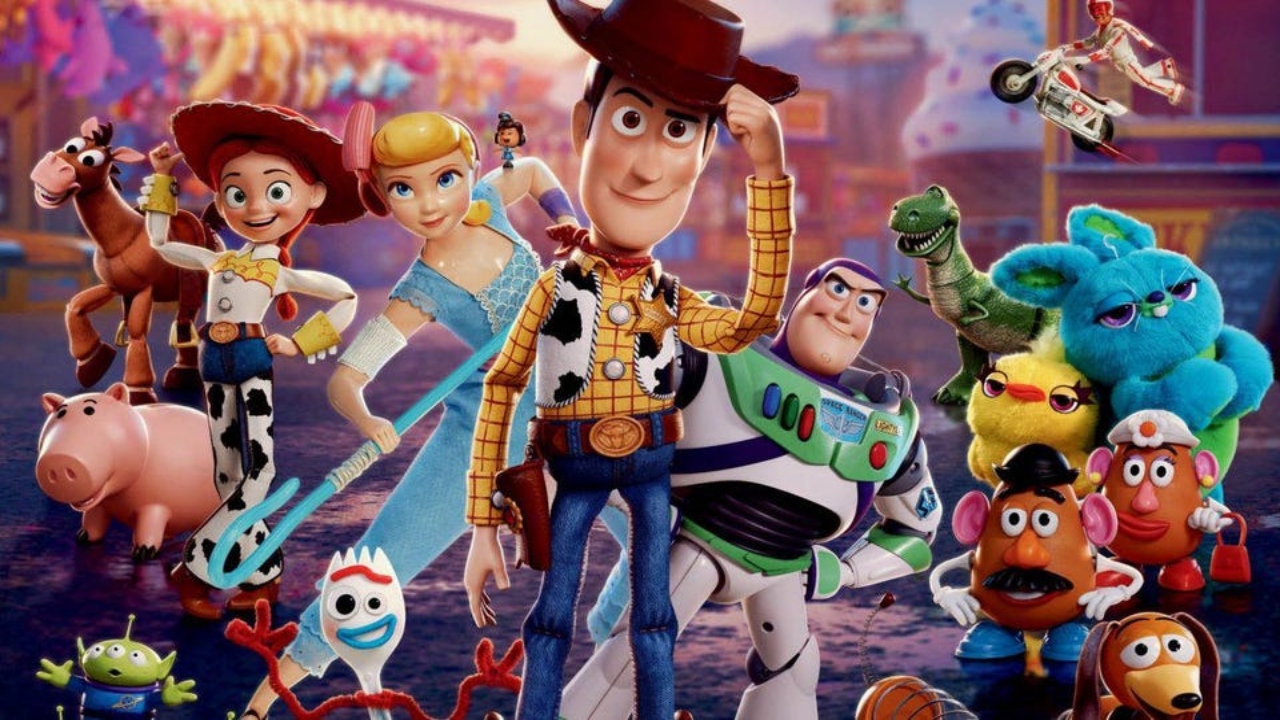
Toy Story 4 tainted the bestselling franchise and left a sour taste in the mouths of ’90s kids everywhere who grew up watching the original in theaters. Due to the introduction of several supporting characters, Pixar took the initiative to create sequel after sequel, milking the Woody-Buzz escapade for all its worth and bringing in wacky filler characters who never furthered the plot. Although it was visually dazzling and daringly adventurous, Toy Story 4 lacked substantial follow-through, making it highly forgettable in comparison to its predecessors. Honestly, the animated saga should have ended after the second, if not the third installment. We all know it, but no one wants to admit it ⏤ Toy Story has become the latest Fast & Furious.
19. Luca (2021)
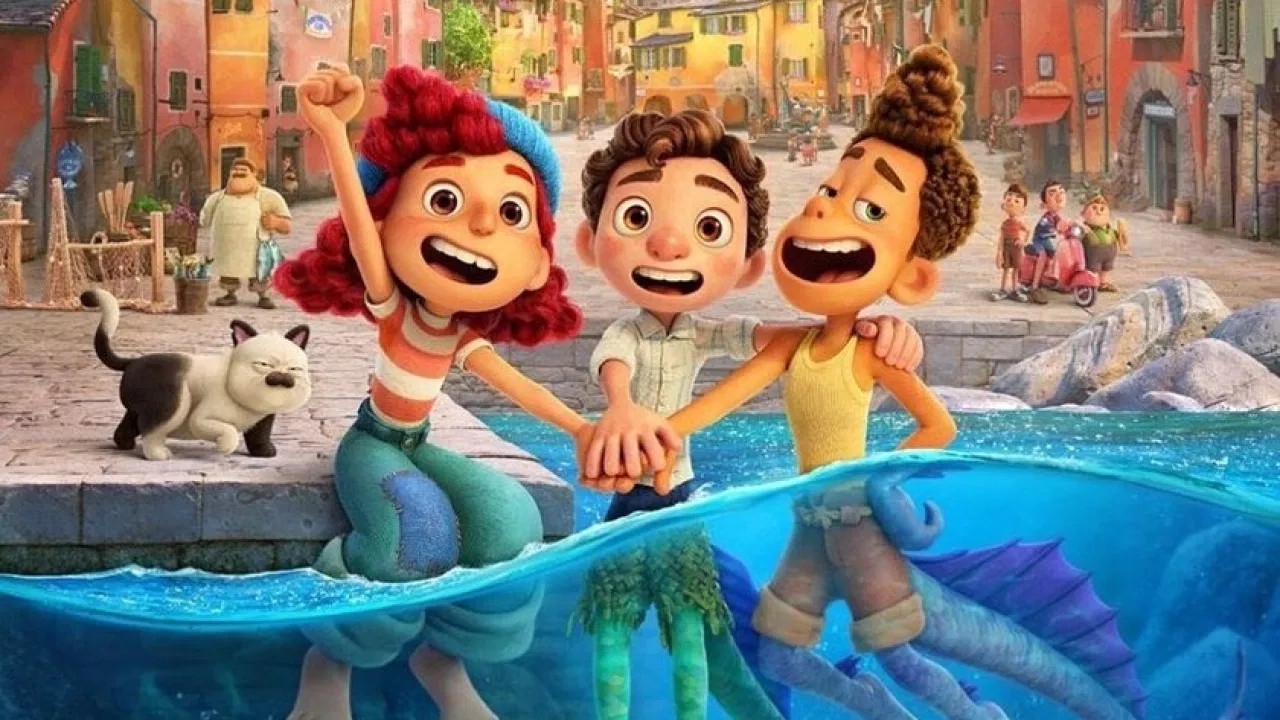
There isn’t any uncharted territory in Luca, which is a real shame. It follows the standard Pixar procedure for coming-of-age stories and plays it safe with an easy-to-follow plot and a central conflict that resolves itself in a satisfying way. Even though it seems straightforward, Luca has a lot going on beneath the surface and its stunning animation credits Pixar’s near-flawless reputation. Its real appeal comes from the contrast of a photorealistic marine world and the sunset-lit shores of the Italian Riviera. Luca stands out for its astonishing rendering, which transports its audience to a paradise, both on land and underwater, even if it does lack the certain je ne sais quoi that gives Pixar productions the “wow” factor.
18. Soul (2020)
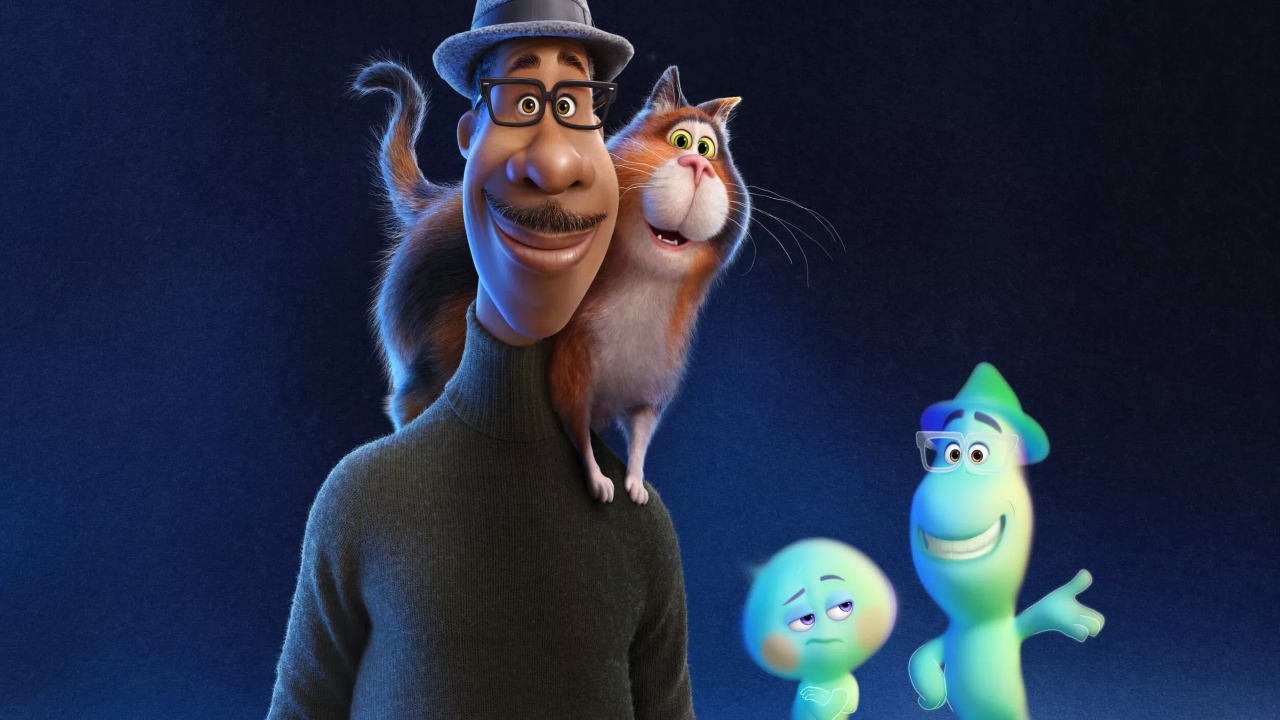
As the first Pixar film to feature a Black lead, Soul touched many hearts on a much more personal level than just witnessing a journey of literal soul-searching. Its colorful visuals hook audiences in, but they end up staying for the all-ages inclusive entertainment, provided in short bursts of excitement, adventure, and reflection. Pixar expertly combined skill and emotion when making Soul, but the one downside to its success is that — two years later — no one remembers it. Soul may teach us about existential philosophy, but it fails to center Jamie Foxx’s lead without the urgency to celebrate multicultural existence in a way that wasn’t intended for consumption by the white masses.
17. Incredibles 2 (2018)
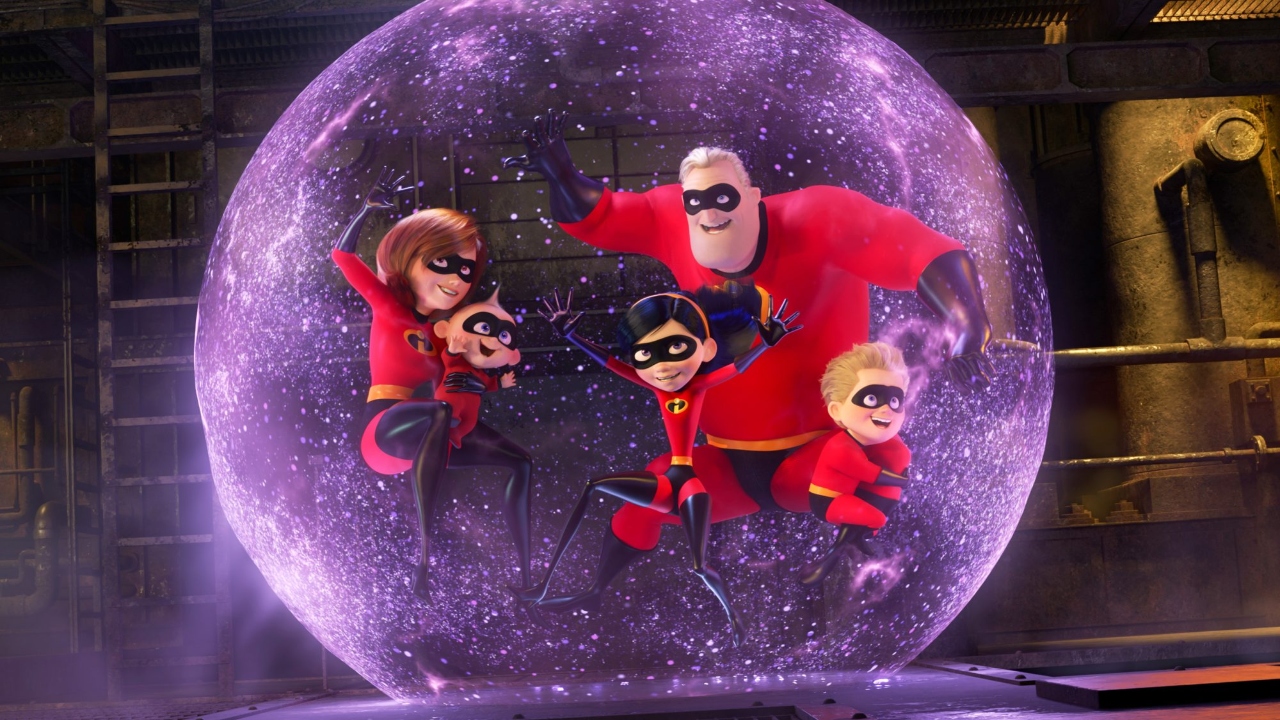
Incredibles 2 earns its name as a worthwhile sequel, but fails to live up to the original, as most sequels do. For its positives, Incredibles 2 is just as action-packed and laugh-out-loud hysterical as its predecessor, but can be overwhelming at times. The plot feels muddled and misguided and the sequel severely lacks depth and emotion, qualities that Pixar is renowned for. Regardless, it drives the central super-family more as key plot points and makes their individual developments less of an afterthought. With Incredibles 2, the composition and execution can be sloppy at times, but it hits the target even if it doesn’t land the bullseye like the irreplaceable original.
16. A Bug’s Life (1998)
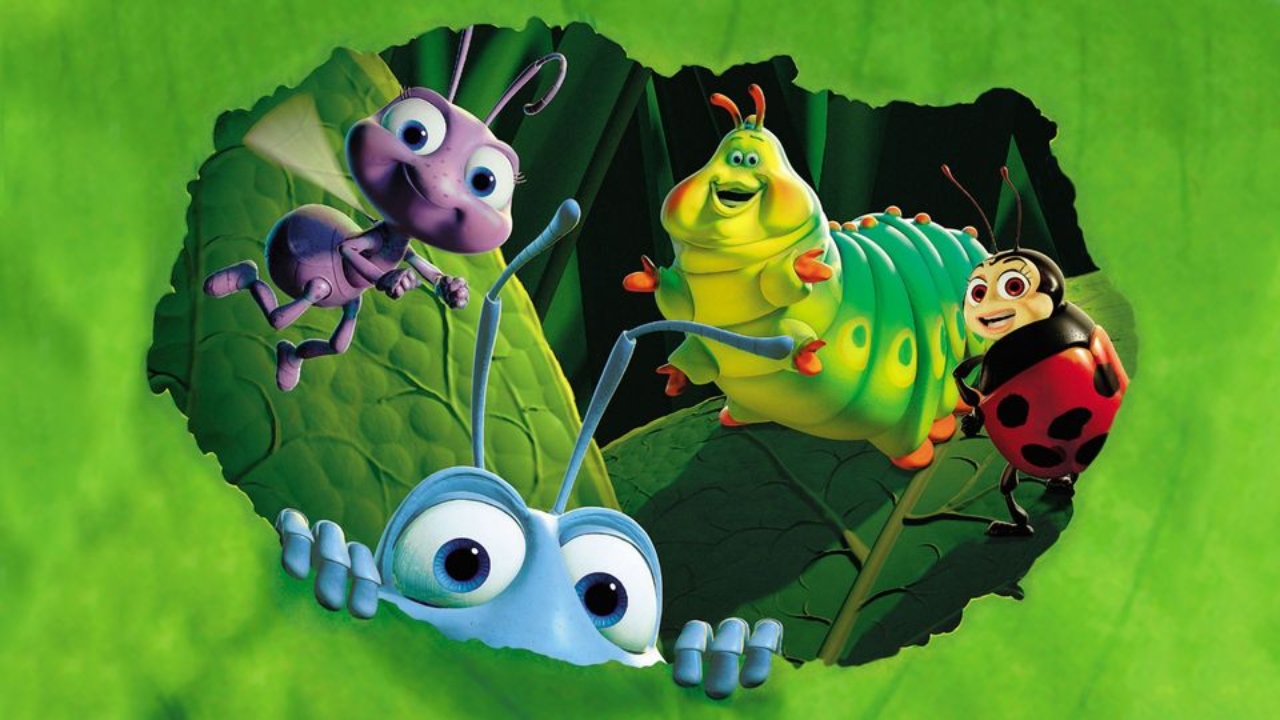
Following on from Toy Story, Pixar Studios released A Bug’s Life in 1998. Like Toy Story, the pint-sized misadventures of Flik place emphasis on characters that audiences can root for, even in the most dire of circumstances. A Bug’s Life only serves as proof of how many comedic and dramatic possibilities can be found by exploring the condition and natural selection of insects and bugs. For Pixar’s early career, A Bug’s Life is a triumph in itself and sets an even higher bar for the computer animation genre. Despite this, A Bug’s Life has been overshadowed by its successors, its charm lost to bigger, better, and more immediately relevant releases. Sadly, it joins The Good Dinosaur, Soul, and the Cars franchise in Pixar’s B-movie bygones.
15. Monsters University (2013)
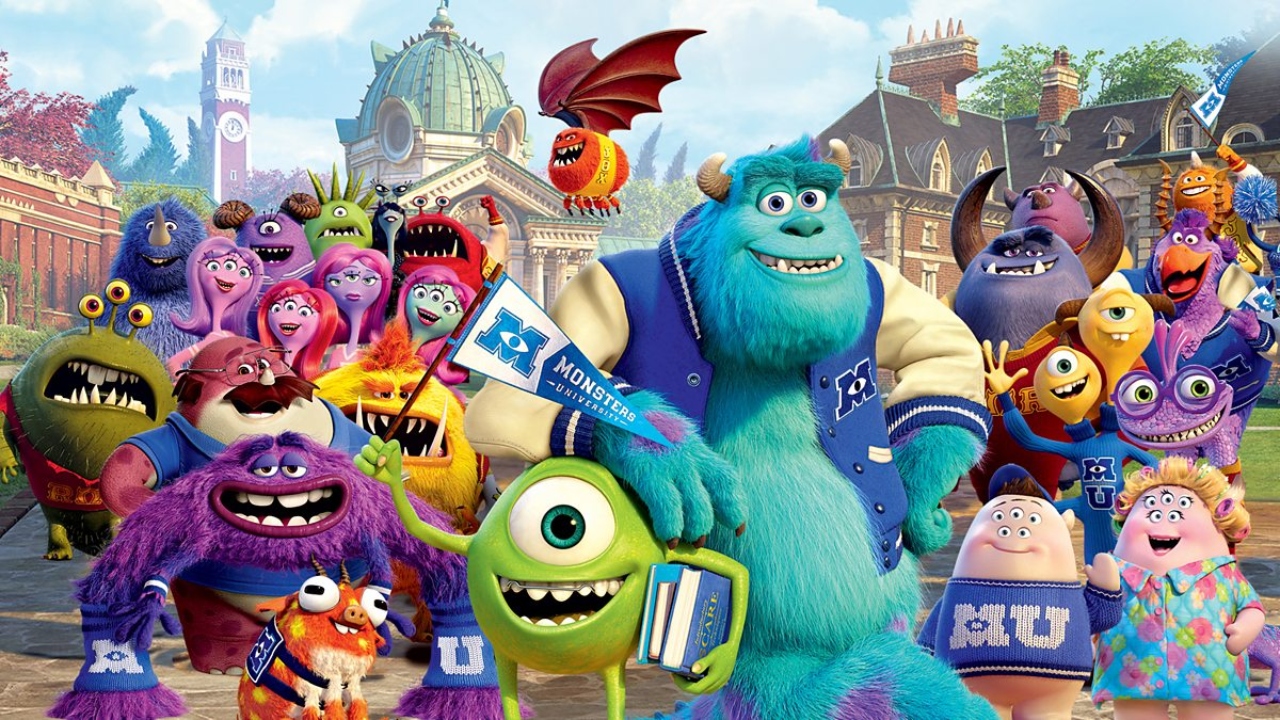
Bringing back the beloved character of Monsters, Inc. and engaging all ages, Monsters University chronicles the origin story and blossoming friendship of Mike Wazowski and James P. Sullivan. In a word, the Pixar prequel is sub-par at best, never quite generating the same buzz as the indelible Monsters, Inc. After Cars 2, it was a common concern that Pixar had lost its magic, but the delightful story of Mike meeting Sully considerably elevated the studio’s lackluster performance. Unfortunately, Pixar churned out only a good movie, not a great one, and Monsters University lacks the originality and complexity that made Monsters, Inc. so shamelessly lovable for all ages.
14. Cars (2006)

Completely revolving talking automobiles, Cars is one of Pixar’s more inventive and imaginative concepts. It brings the heart, humor, fast-paced drama, and all-new technical feats that saw Pixar through the 2000s. Each frame is beautifully rendered, showing just how much soul John Lasseter puts into his projects. Cars is an instant classic; always has been and always will be. There are times where Cars feels sluggish and veers off course, but it takes all the signature Pixar elements — strong characters, an easy-to-follow yet unpredictable plot, and top-notch voice casting — and blends it all together for an easy-to-digest and downright delicious cinematic entry.
13. Toy Story 3 (2010)
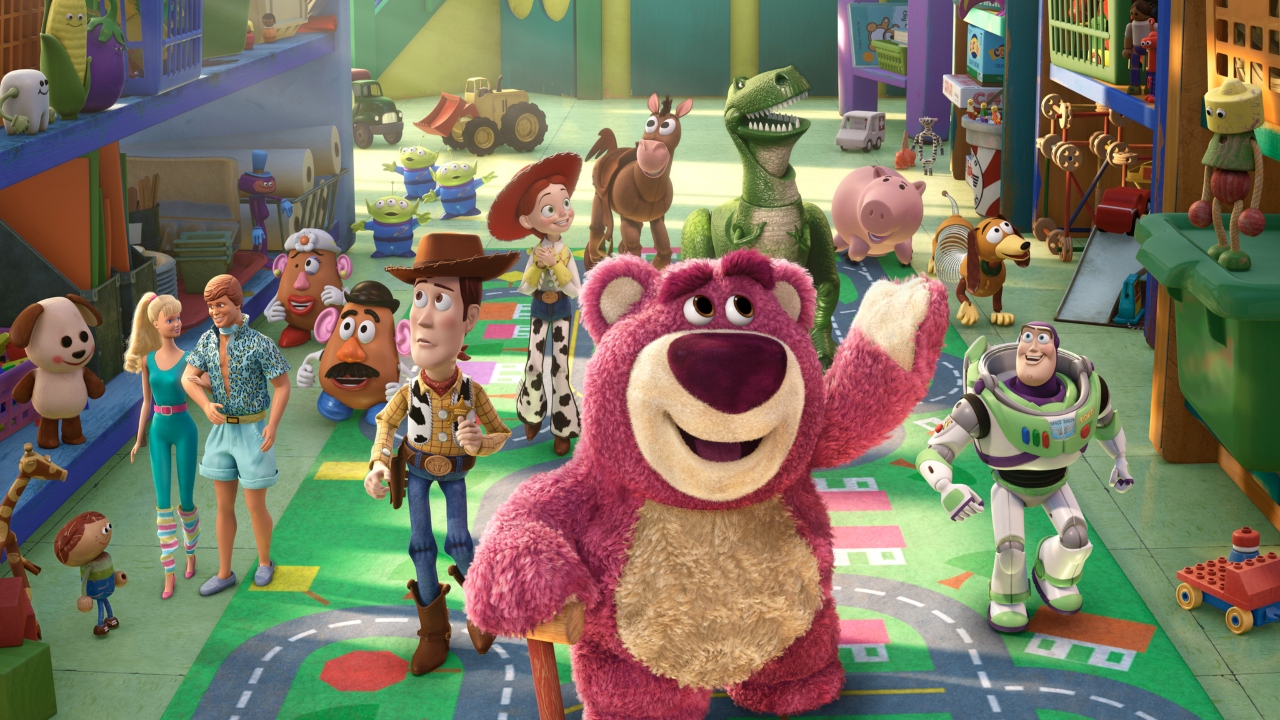
Toy Story 3 is one of those rare second sequels that actually makes sense. It was repeatedly named “the best film of 2010” by multiple sources, including Quentin Tarantino, so that must count for something. When Toy Story 3 was released, it seemed that the misadventures of these plastic toys had enlightened Disney and Pixar fans to the 15-year-long expedition of laughter, friendship, and fulfillment. On many levels, Toy Story 3 managed to enchant and move children (and children at heart) with its heartwarming animated escapade that enriched the lives of countless viewers. In theaters everywhere, plenty of tears were shed from both young and old as the enemies-to-friends trope came full-circle with Woody and Buzz. It may not be a masterpiece, especially with horror undertones that test the limits of a PG rating, but Toy Story 3 brings all the touching sentiments and show-stopping visuals.
12. Lightyear
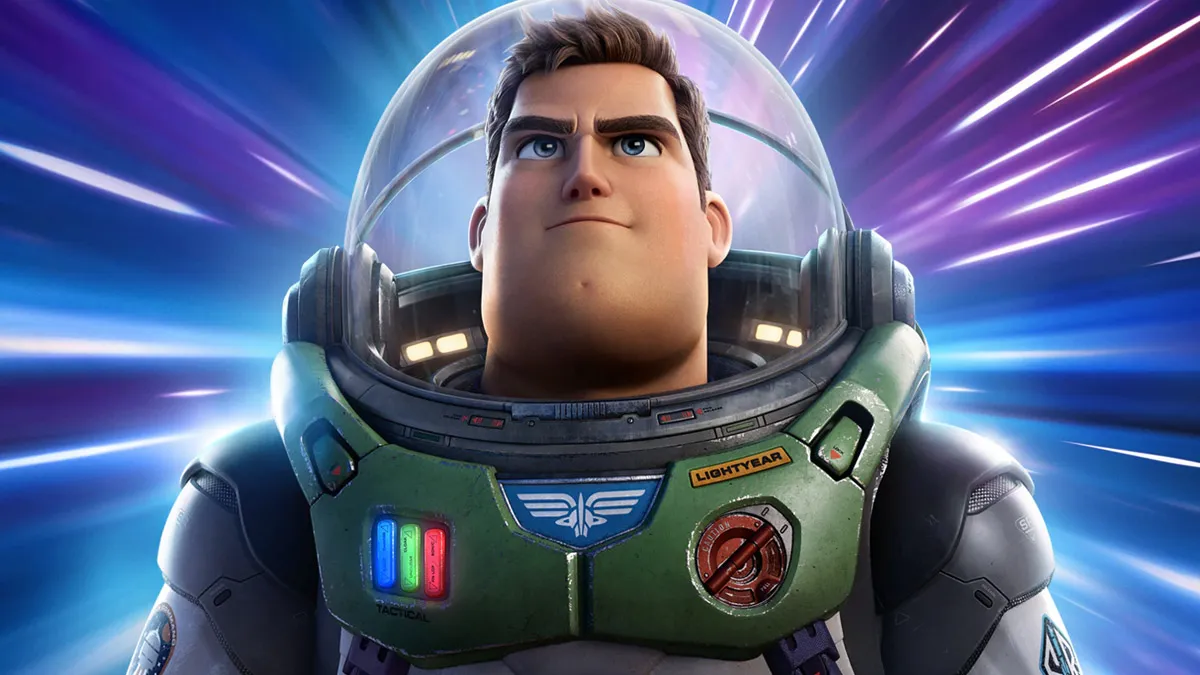
Almost 30 years after Toy Story‘s release in 1995, we finally got to see Buzz Lightyear’s backstory as implied by the line of action figures he originates from. Honestly, audiences were already optimistic about Lightyear, so when it performed to infinity and beyond, there was nothing but heaps of praise for Angus MacLane’s directing and Chris Evan’s vocal performance as the titular space ranger. There’s no shortage of talent crammed into this origin story, even as we see the likes of Keke Palmer, Taika Waititi Peter Sohn, James Brolin and Uzo Aduba working in perfect harmony by Evan’s lead. There’s a lot of blood, sweat, and tears poured into Lightyear, but all that effort couldn’t have translated more powerfully. Lightyear manages to build an entire world based on the very limited information provided by Toy Story, giving rise to sidekicks and side characters who actually steal the show from Buzz, allowing for a much more grounded narrative and a few tear-jerking moments.
11. Brave (2012)
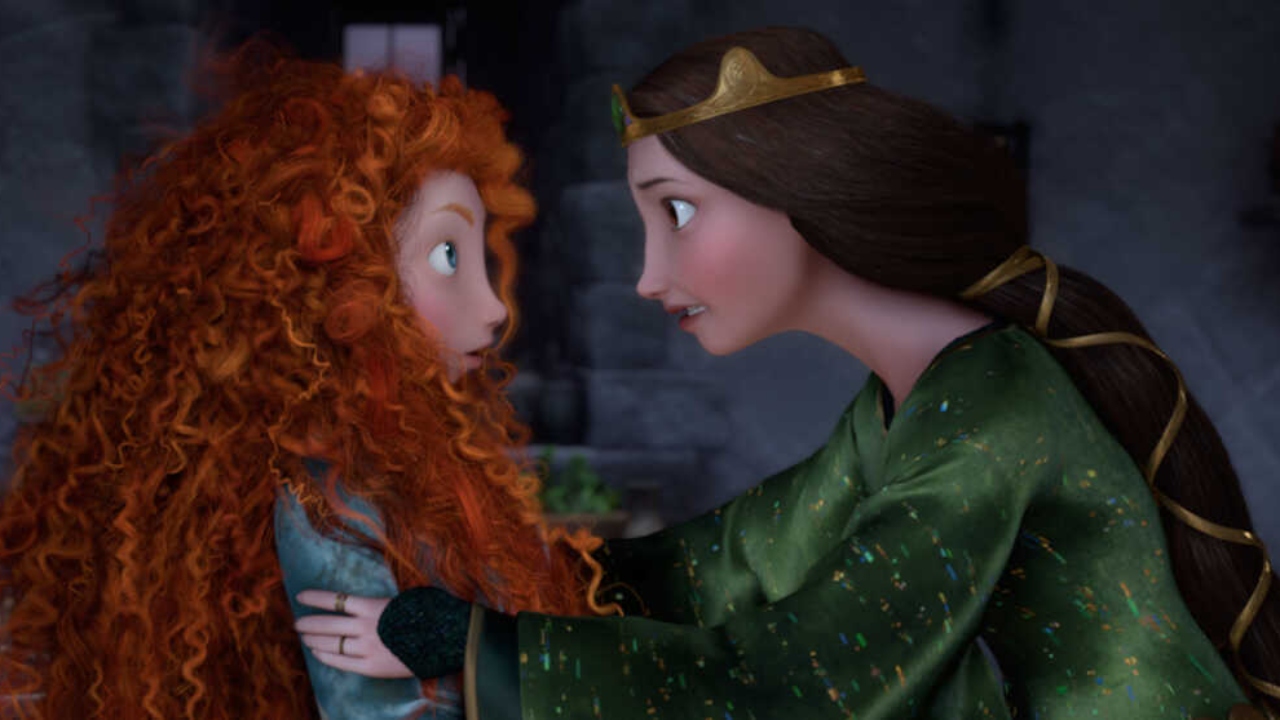
On the surface, Brave might appear as a medieval fantasy throwaway, but it turned heads with its pleasantly surprising depth and uplifting message of maintaining the sacred bond between mothers and daughters. It was never going to be a Pixar groundbreaker, but it scores brownie points for prioritizing the deeper meaning over mindless, kid-friendly adventures. In Merida, Brave offers a more rugged, rough-and-ready heroine that inspires young women to follow their dreams despite traditional expectations. Additionally, Brave beautifully renders and explores a Scottish environment, setting the scene for uptight mothers and grave presuppositions for a free-spirited lass. It packs a poignant punch for parent-child relationships that achieves the same reaction as Finding Nemo. However, even with all its positives, Brave has a confusing plot that relies far too much on magical fixer-uppers and undermines its emotional finale.
10. Inside Out (2015)

Gorgeously animated and powerfully moving, Inside Out snatches the tenth spot. Blowing in like a whirlwind in 2015, Inside Out saved the Pixar regime after audiences began losing faith in Pixar due to the declining quality of multiple unhinged sequels and the announcement of Toy Story 4. Once again, Pixar had outdone themselves with polished visuals, uniquely relatable characters, and a firm grasp on the ins and outs of adolescent imagination and emotional regulation. Inside Out is an audacious outlook on puberty that spreads all the right messages without the needless clutter and complications. One of the biggest setbacks for Inside Out — and the reason why it isn’t ranked higher — is its clunky plot, which seems to rush from beginning to end and cuts out all the essential details.
9. Coco (2017)
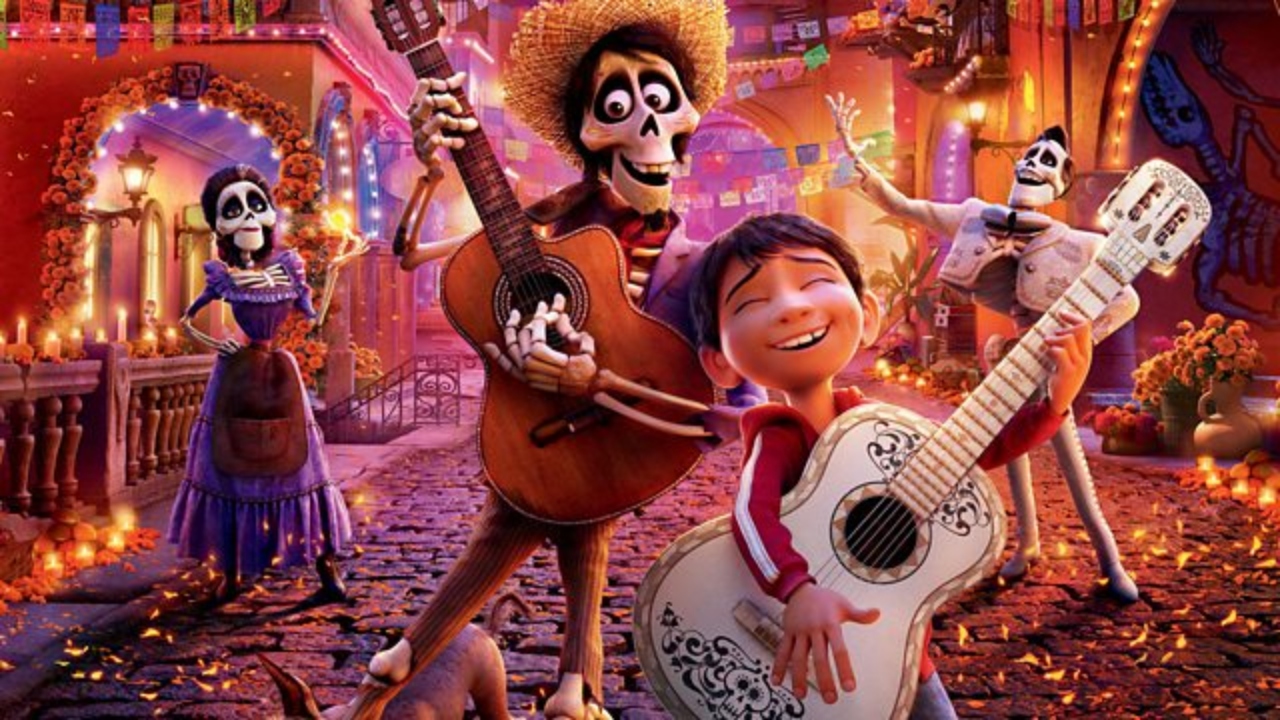
Many Pixar projects have centered on values, morals, culture, family, and the many uncertainties of the human condition and existence, but Coco perfectly envisions a thoughtful narrative and stunning visuals to tell the story of life after death. The story is comprehensive, the characters are fully realized and each individually prominent, and the underlying themes cleverly and expertly walk the fine line between tenderly heartfelt and rightfully amusing. Coco allowed younger generations to understand and process the unsavory process of death and the afterlife, doing so in an effortlessly optimistic and spirited manner. However, there are times where Coco drawls and loses its sense of direction, filling the gaps with one too many childish gags.
8. Turning Red (2022)
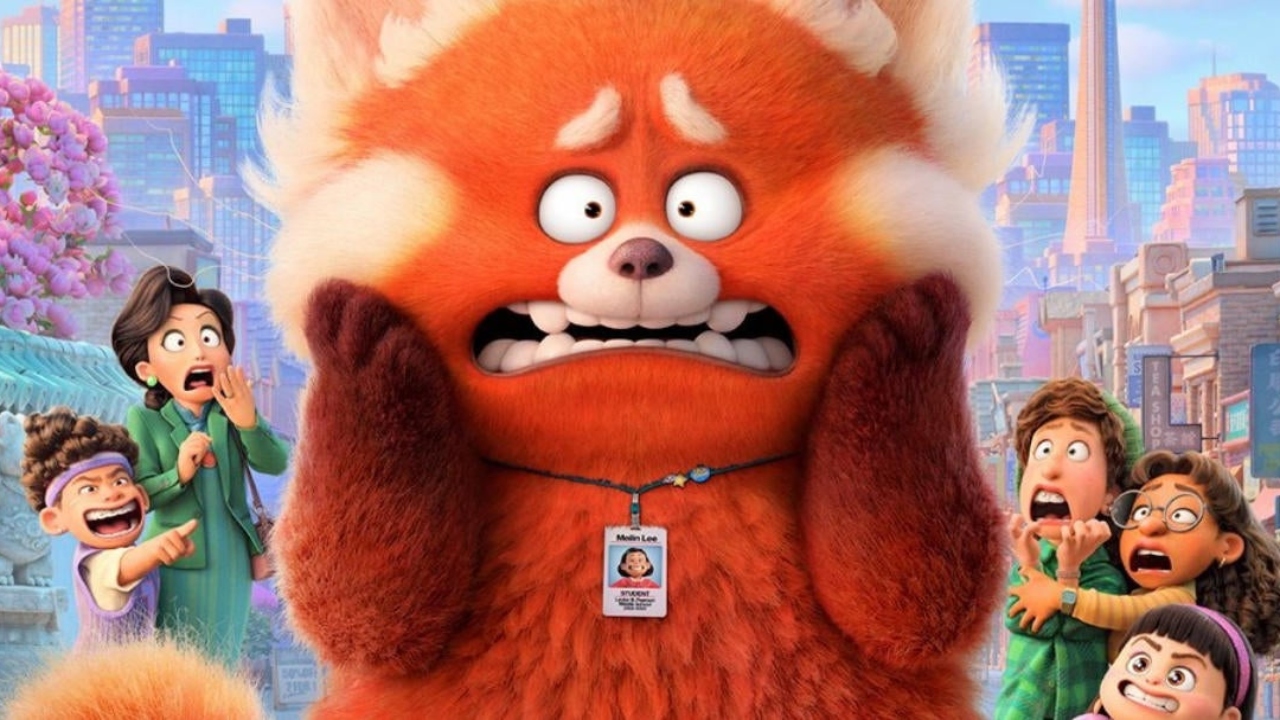
Turning Red successfully extends Pixar’s repertoire of family-friendly triumphs and delivers its universal message of standing out from the crowd loud and clear. Additionally, Turning Red lightheartedly captures the wild changeability of puberty and tells a tale of friendship and understanding that we could all benefit from seeing. With its focus on a Chinese-Canadian heroine and the Asian community, Turning Red broadens its scope to include minorities not as prominently featured in its catalogue as others, which is precisely the push in the right direction that Pixar needed to become truly all-encompassing. Unfortunately, like many other Pixar films, Turning Red is content with the bare minimum, nothing too flashy or revolutionary like so many others that planted the Pixar roots.
7. Ratatouille (2007)
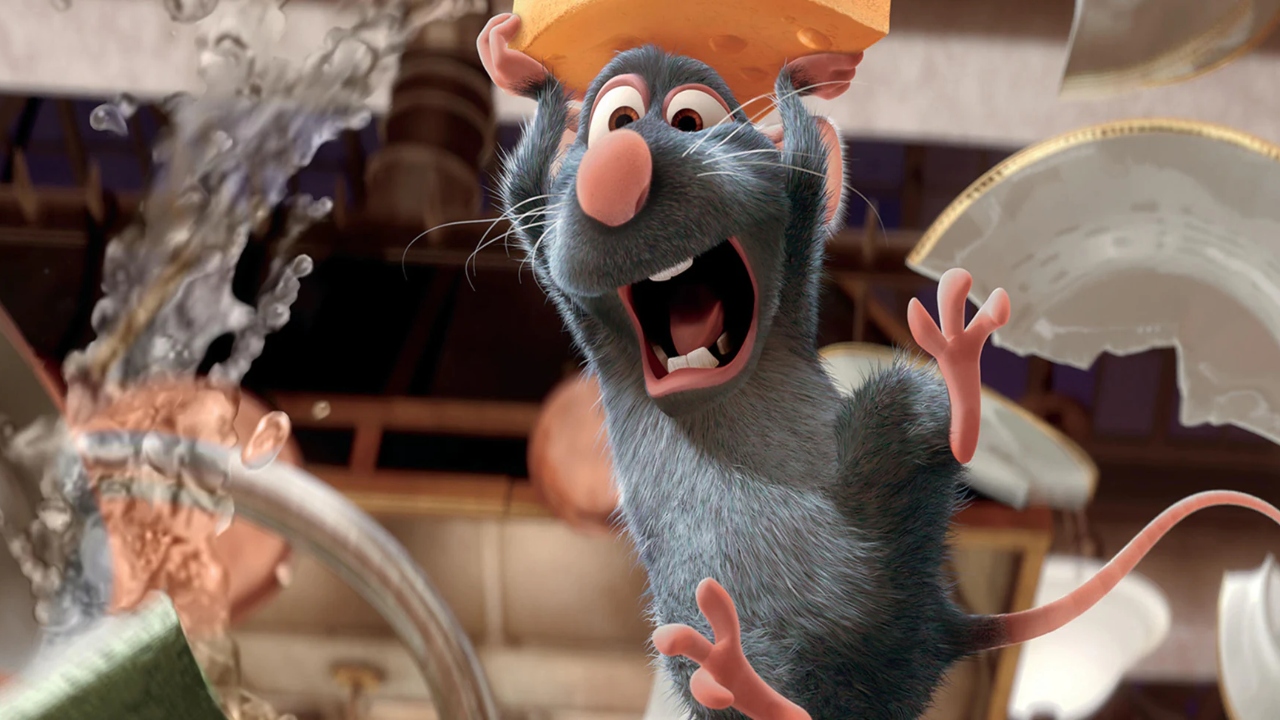
Featuring an unlikely hero in the rodent Remy, Ratatouille is yet another example of how Pixar goes above and beyond any other computer animation studio. It portrays a veteran artist — via the character Anton Ego — and an aspiring artist — Remy the rat — in the truest, most believable light, possibly overtaking even live-action entrants. Even though Ratatouille may be largely overtaken by rats, it bares an astonishing humanity that teaches youngsters to follow their dreams, no matter how impossible they seem. The characters, premise, and execution are all hand-crafted and a credit to Pixar’s artistic integrity. Its only downfall is its early 2000s release, which leaves the newer generation uneducated about its brilliance.
6. The Incredibles (2004)
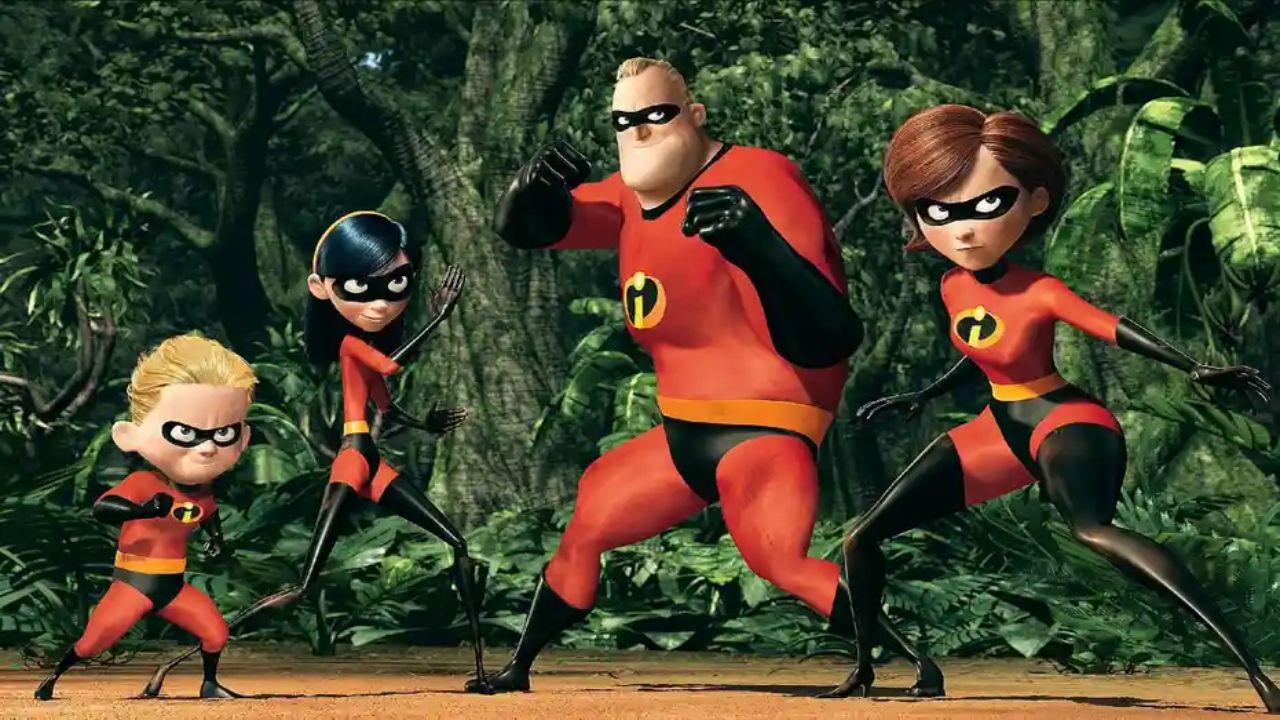
Jam-packed with wit and non-stop fun, The Incredibles lives up to its name. It alternates between the suburban sitcom lifestyle of the Incredibles family and intermittent bursts of high-impact action, boasting a strong story and fleshed-out characters. The Incredibles landed a spot on The Guardian’s “100 best films of the 21st century” and has been repeatedly acclaimed as another prime example of Pixar’s mastery. However, The Incredibles received fair criticism for being another unoriginal accessory in the superhero genre. Even with all its praise, the fact remains that The Incredibles is just as generic and reliant on clichés as any other all-kicking, all-punching knockout. Despite this, the Parr family is just as instantly recognizable as Batman or Superman.
5. WALL-E (2008)
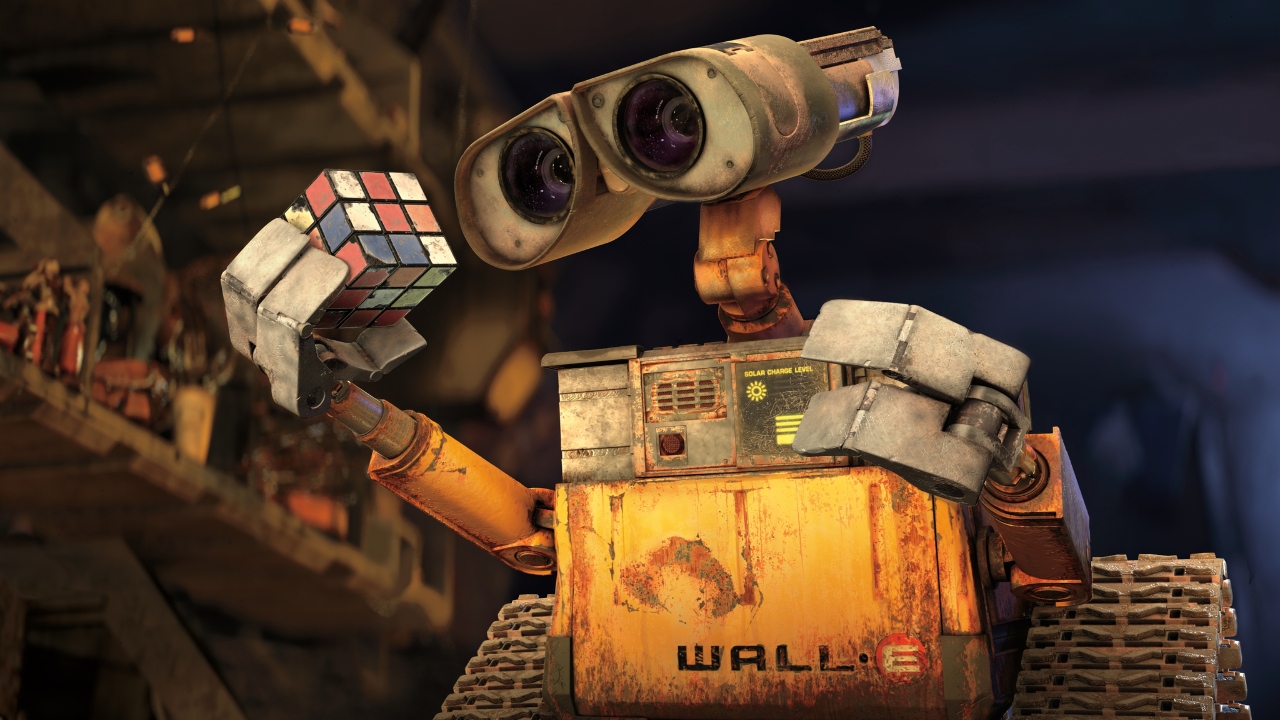
WALL-E not only snatches fifth place, but arguably deserves to be even higher were there not other Pixar contenders to consider. Filled to the brim with heart, soul, and everything in between, Wall-E opens on barren land, embodying the aftermath of a corrupt American lifestyle where even a personified metal trash compactor seeks out love in the darkest of times. Wall-E’s visuals are a testament to Pixar’s unparalleled expertise when it comes to engaging, eye-popping animation that fills even non-human entities with more humanity than any of us. While its subtext provides substantial food-for-thought for the tag-along guardians, WALL-E’s charming star engages younger viewers. Despite the lack of verbal communication, there is more emotional impact in a shrug or a blink than mere words could convey. On the other hand, WALL-E has been considered vastly overrated. Thankfully, we don’t agree.
4. Monsters, Inc. (2001)
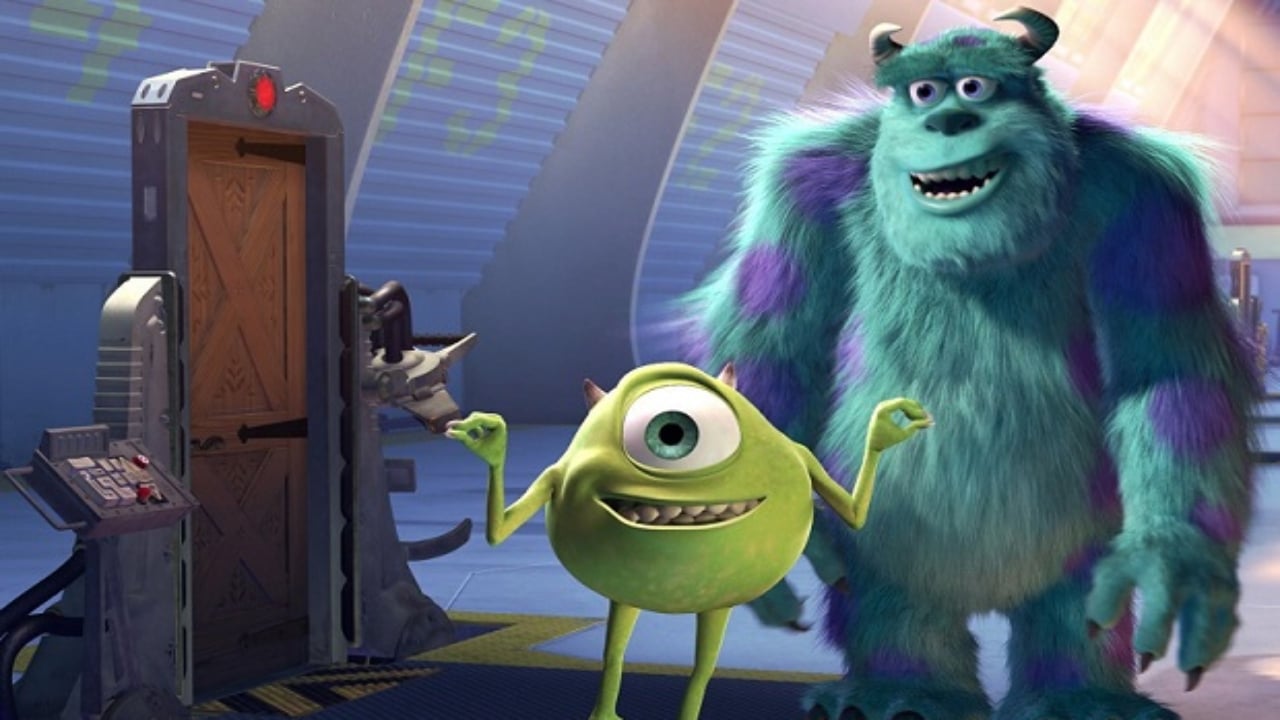
Monsters, Inc. is one of those timeless classics where children beg to see it and parents find themselves wanting to watch it just as badly. Completely one-of-a-kind, Monsters, Inc. helped Pixar reach even greater heights and helped its successors along by setting a flawless example, even if it turned out to be a hard act to follow. Its cheerful, harmless fun and completely caters to grown-ups even more than children, boasting an original concept, perfectly sculpted characters, and cutting-edge animation that welcomed the 2000s and marked a huge milestone for Pixar. Unlike Pixar’s newer films, Monsters, Inc. grabs the attention of its viewers and strives to keep it. One “small” oversight is that Monsters, Inc. caters more to older kids — preferably five and above — who might be slightly more “OK” with kidnapping and torture at such an impressionable age. Pixar skipped a beat on the more mature themes with this one.
3. Up (2009)
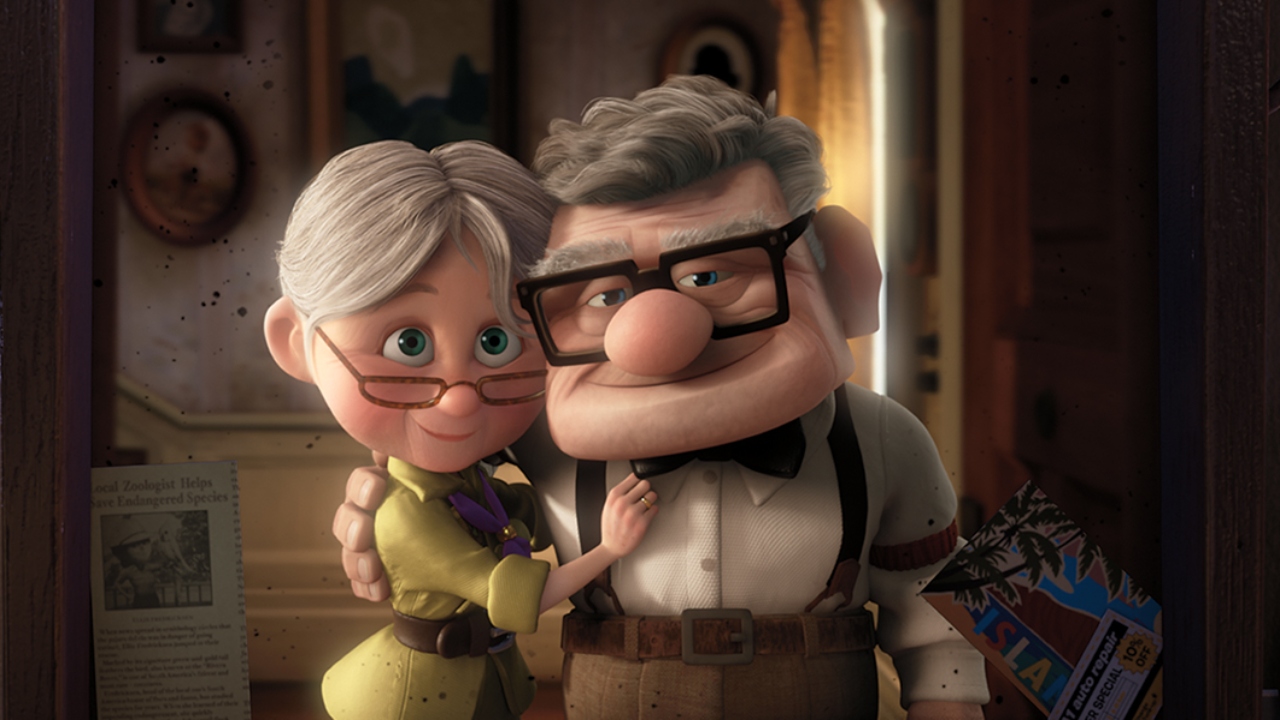
Sitting comfortably in its well-deserved third spot, Up is a Pixar classic that will never go out of style. Its impeccably crafted and executed story tugged at some heartstrings (we all know the moment) and balanced out raw emotion with wit, depth, and appropriate comedy. If the remarkable rendering doesn’t make it the gold standard for Pixar films, then its poetic wisdom and winsome adventure definitely will. Unlike many Pixar films, Up is toned-down in all the right ways, focusing less on sensory overload and dazzling color and more on the hard-hitting reality of love, loss and achievement in whatever form it takes. It can be argued that Up has the most beautifully-composed score of any Pixar film, which only enhances its appeal. Perhaps Up’s only notable issue is its predictability, which ruins the more significantly built-up moments.
2. Finding Nemo (2003)
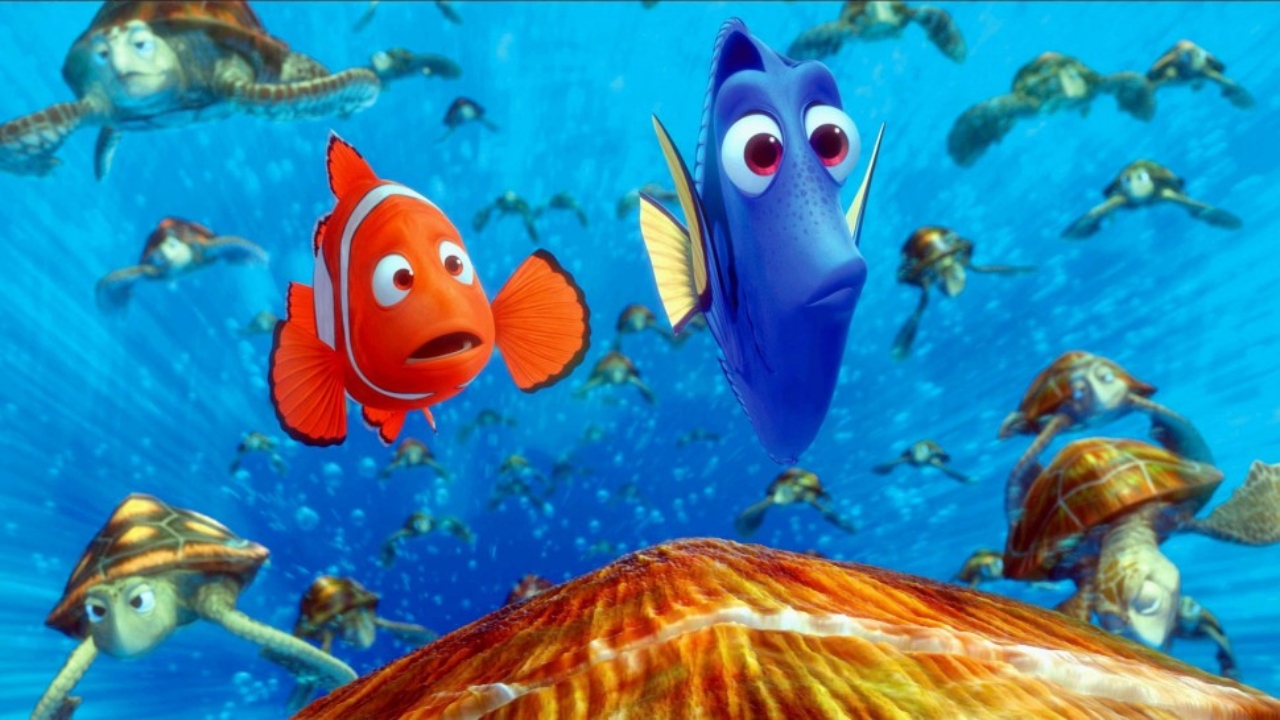
After the “roaring” success of Monsters, Inc., Pixar had some gigantic shoes to fill and some expectations to uphold. Needless to say, they smashed it out the proverbial ballpark with Finding Nemo, a timeless tale of the unbreakable bond between father and son. Audiences establish a deeper connection with sea creatures than they often do with human characters in big-screen animations. If nothing else, Finding Nemo proves that Pixar can overwhelm its competitors even on a bad day. If it’s not the underwater backdrops taking your breath away, then it’s the lifelike characters who charm your socks off. Finding Nemo knows how to cater to its all-ages audience without condescending the smaller minds among them. As with all of its other hits, Pixar lets its imagination roam free with Finding Nemo and never looks back.
1. Toy Story (1995)
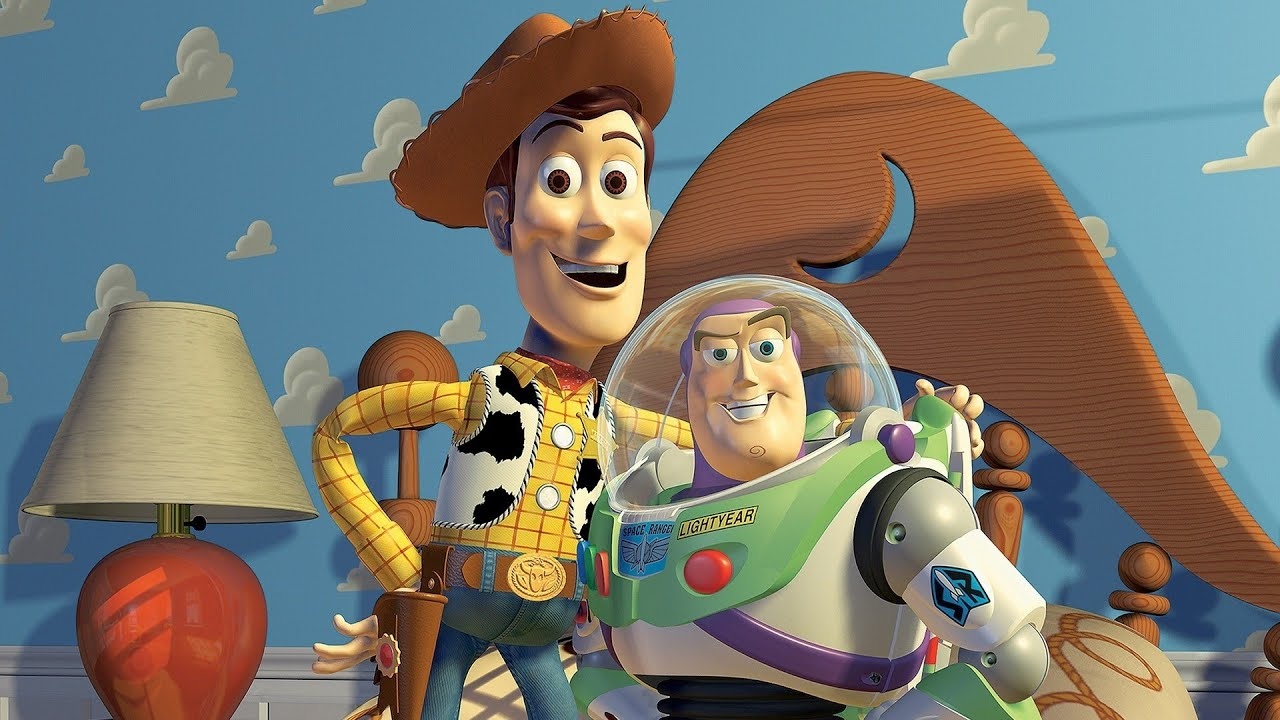
At last, topping the rankings as everyone expected it to, Toy Story remains the undisputed champion of Pixar animated feature films. As Pixar’s first-ever venture, it remains its most memorable by a long shot. In the mid-’90s, no one expected an animated endeavor about plastic playthings to gain much traction, but Toy Story marked the forthcoming Pixar Studios as a force to be reckoned with. Admittedly, its creative freedom is its strongest advantage, followed closely by its ability to appeal to multiple age groups. For many reasons, multiple times over, Toy Story has been regarded as a work of genius, which is no small feat considering that it reigns superior over more technologically-advanced entries that came much later. It made audiences understand the sentimental attachment that owners have with their toys. The characters are tremendously self-aware of their rudimentary existence, but that inescapable inevitability is what makes the concept so compelling.
As Pixar continues to expand its palette, these rankings might change, but for now, consider this a reminder to rewatch your favorite Pixar classic regardless of where it ranks on this list.


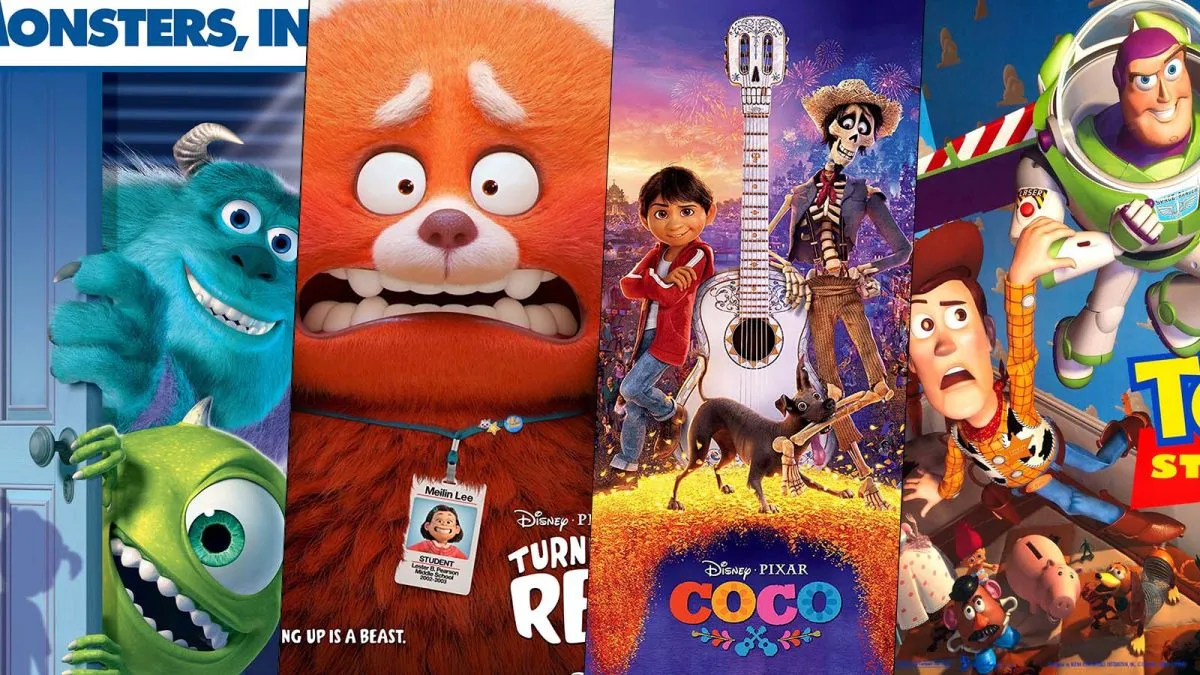
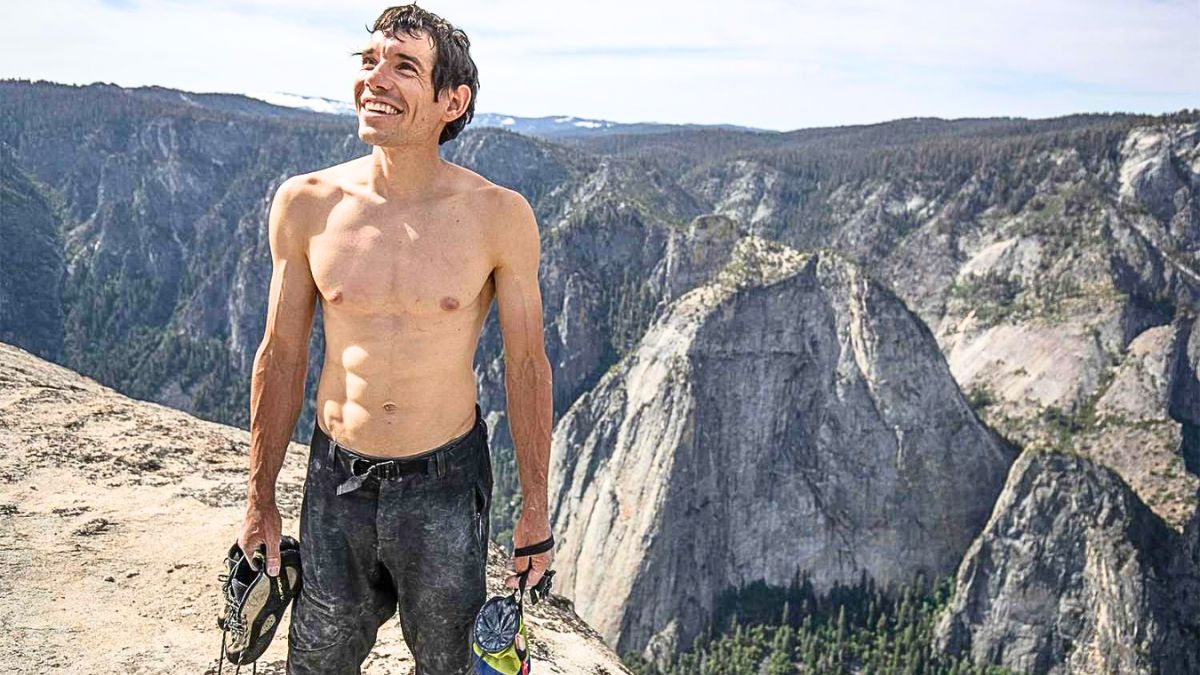
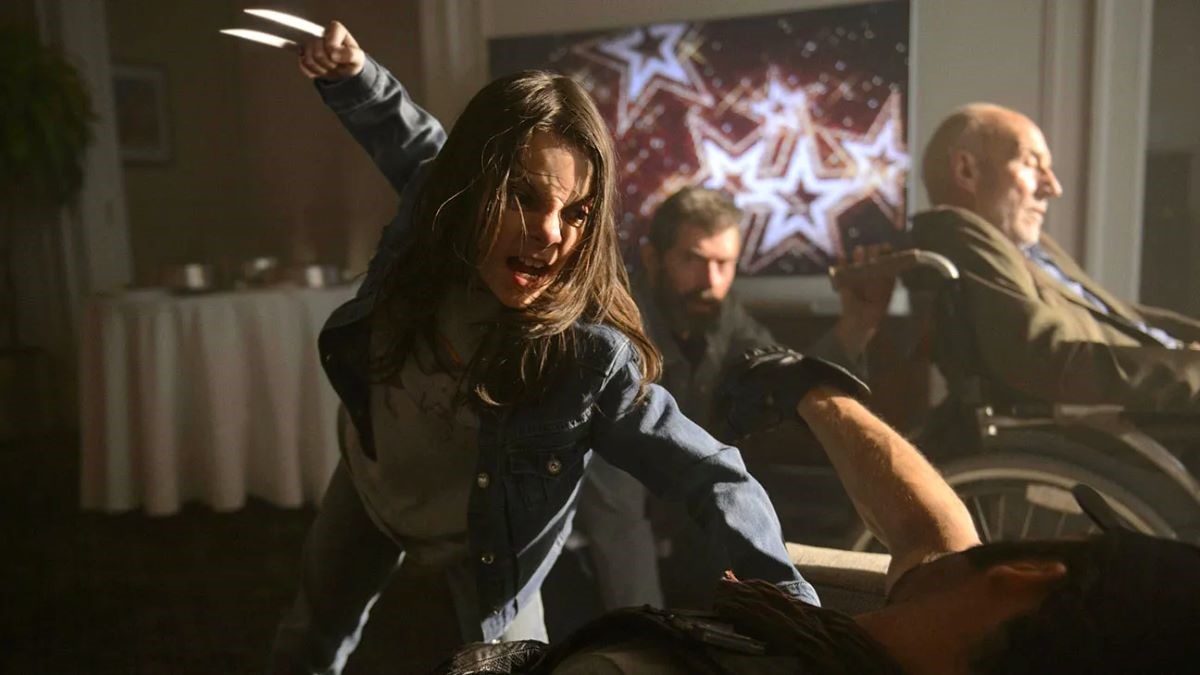
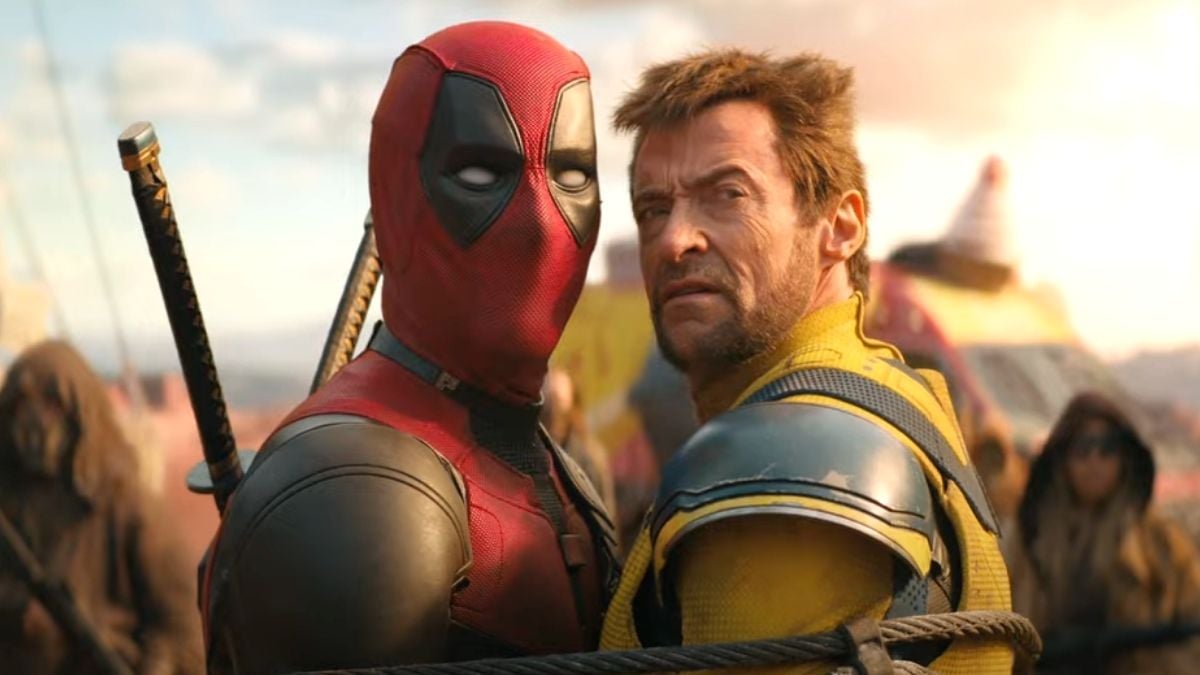
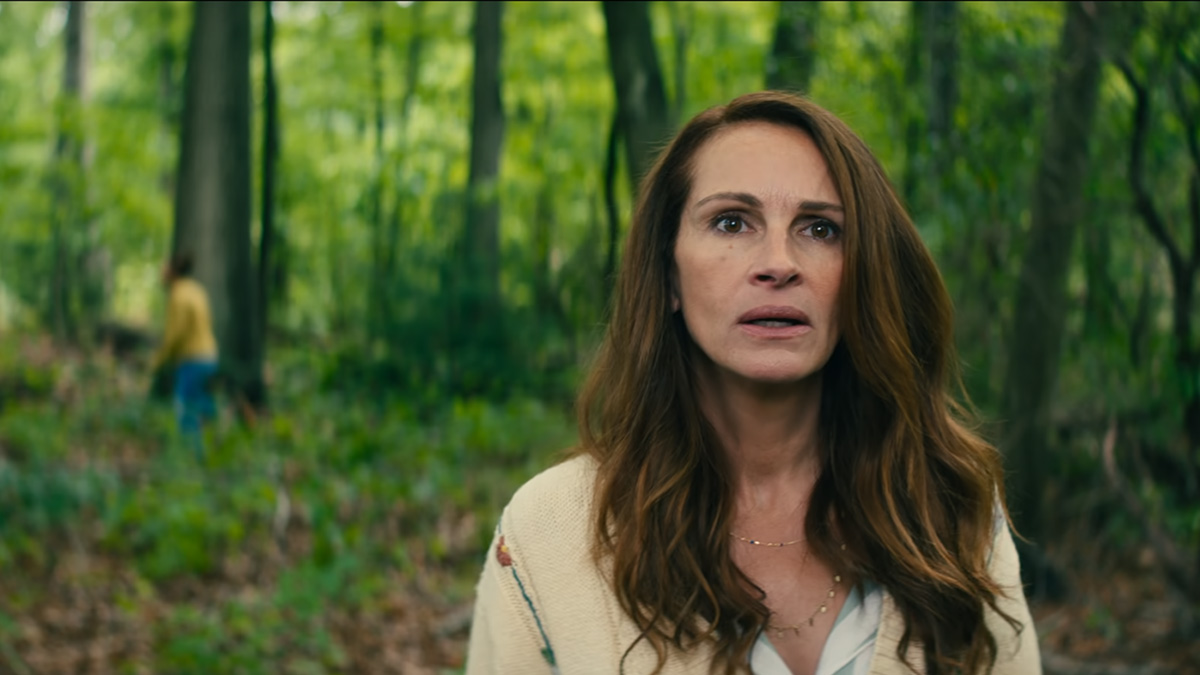
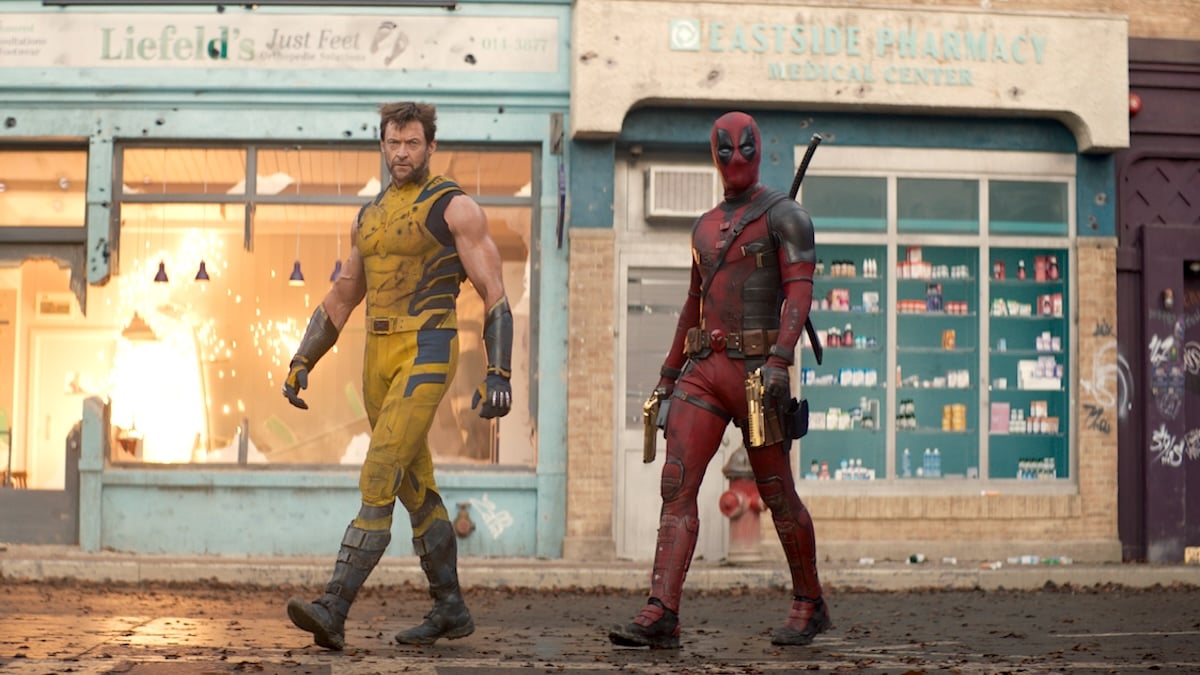

Published: Apr 21, 2023 10:07 am